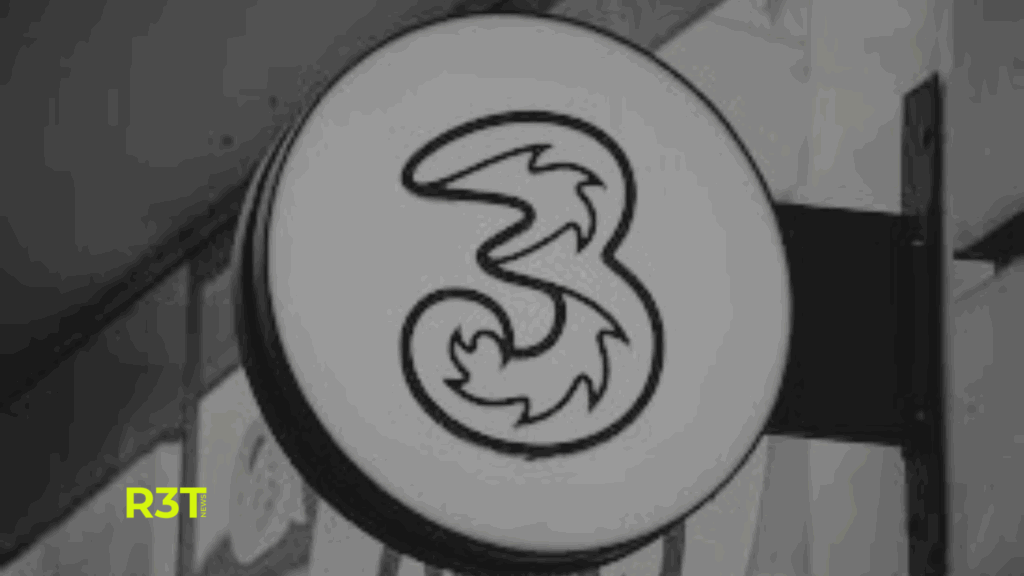
A significant disruption has hit Three UK, one of the nation’s leading mobile operators, as thousands of customers report an inability to make phone calls. The issue, which surfaced prominently on Wednesday morning, has sparked frustration among users. How can a major provider falter at such a basic function in an era defined by connectivity?
In a post on X, Three acknowledged “an issue affecting voice services,” though the company remained tight lipped about the scale of the problem. With a customer base of 11 million, the lack of clarity has left many wondering just how widespread the outage is. According to DownDetector, a platform tracking service disruptions, reports of issues surged past 9,000 by 09:30 BST, painting a stark picture of the outage’s impact.
While Three insists that data services, including 4G and 5G, remain unaffected, some customers tell a different story. Social media posts reveal complaints about disrupted data access, contradicting the company’s claim that data is “working normally.” For instance, one user shared their struggle to access mobile data during a critical moment, highlighting the real world consequences of such outages. Why do discrepancies between official statements and user experiences persist in these situations?
The timing of the outage is particularly notable. Three recently merged with Vodafone, forming the UK’s largest mobile network, serving approximately 27 million customers. While Vodafone’s services remain operational, the ripple effects of Three’s troubles extend beyond its direct customer base. Smaller operators like ID Mobile and Smarty, which rely on Three’s infrastructure, are also grappling with the fallout.
ID Mobile addressed the issue on its service status page, stating: “Please bear with us, our technical teams are working hard with our network partner Three UK to fix this issue and full service will be restored as soon as possible.” Similarly, Smarty confirmed it was “aware of an issue affecting voice services” and was working to resolve it. These statements reflect a shared urgency, but for affected customers, the wait feels endless.
The human toll of the outage is evident in stories shared online. One customer described missing critical hospital calls, while another recounted their inability to contact a car breakdown service. These accounts show a sobering reality, when basic communication fails, lives are disrupted. How can telecom giants ensure such failures don’t leave vulnerable customers in the lurch?
This isn’t Three’s first brush with network issues. In January, the company launched an investigation after a limited number of users couldn’t access 999 emergency services during an outage. The recurrence of such problems raises pressing questions about infrastructure resilience.
The problems began around 9:30 AM BST on Wednesday, with outage tracker DownDetector recording over 9,000 user reports. While voice services are down, Three states that 4G and 5G data services remain operational.
This disruption also impacts other mobile providers that use Three’s network. ID Mobile’s service status page reported, “Please bear with us, our technical teams are working hard with our network partner Three UK to fix this issue and full service will be restored as soon as possible.” Smarty also confirmed it was “aware of an issue affecting voice services” and was working on a resolution.
Customers have taken to social media to voice their frustrations. Some reported critical situations, like being unable to return missed hospital calls or contact breakdown services. Despite Three’s assertion that data services are normal, some users on Wednesday morning claimed they also lacked data access.
This incident follows a January investigation by Three into a separate network outage that prevented a small number of users from calling 999.
The recent merger between Three and Vodafone, which created the UK’s largest phone network with approximately 27 million customers, has not affected Vodafone’s services, which are running as normal.
